As the realm of athletic wear continues to evolve, enthusiasts and athletes alike seek out brands that seamlessly blend style, comfort, and performance. In recent years, a variety of companies have emerged, aiming to cater to the diverse needs of their customers, from high-tech fabrics to sustainable practices. With so many options at your disposal, finding the right brand that suits your individual lifestyle and fitness goals can be quite a task. To make your decision easier, we've compiled a list of the best athletic wear brands below.
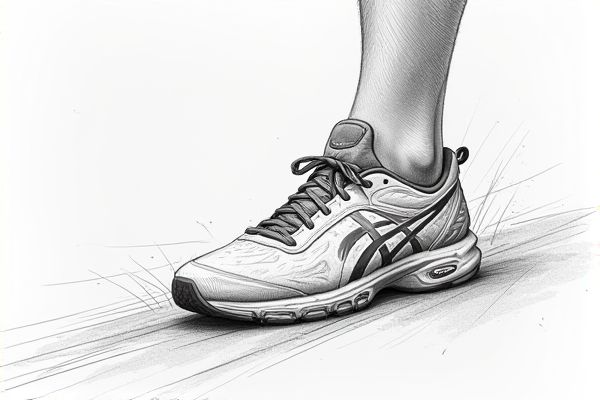
Illustration of athletic wear
Best brands of athletic wear in 2025
Nike
Nike is one of the leading producers of athletic wear, holding a significant market share in the footwear and apparel industry. As of 2022, Nike held 38.2% of the total footwear market and 30% of the athletic footwear market, with a notable 86% share in performance basketball shoes. The company produces over 800 million pairs of shoes annually and generates a substantial portion of its revenue from footwear, which accounted for 62.5% of its global revenues in 2022. Nike's strong presence is also reflected in its dominance in the sneaker market with a 38.5% share and its significant market capitalization of $197.43 billion as of February 2023. Despite recent challenges, Nike remains a dominant force in the sportswear market. For more detailed insights on their market statistics, visit Nike's footwear statistics.
Adidas
Adidas is one of the leading producers of athletic wear, holding an 8% share in the global sportswear market and a 14.7% share in the sneaker market as of 2022. The company dominates the athletic footwear sector with a 15.4% global market share, although this is down from 17% previously. Footwear accounts for 55% of Adidas's net sales, with athletic shoes being the major contributor. In 2023, Adidas manufactured approximately 310 million pairs of shoes and 330 million units of sportswear. The brand is renowned for its innovative designs, such as the UltraBoost, and its commitment to sustainability. For more detailed statistics, visit the Adidas Statistics page.
Under Armour
Under Armour has solidified its position as a leading producer of athletic wear, surpassing Adidas to become the second-largest sports brand in the United States. With U.S. apparel and footwear sales of $1.2 billion through August 2024, Under Armour now accounts for 14% of the U.S. sports apparel market, more than twice that of Adidas. The company's sales have jumped 20% this year, while Adidas saw a 23% decline. Under Armour's global net sales exceeded $5 billion for the first time in 2018, driven by increasing demand for its performance products. The brand's apparel sales constitute approximately 66.5% of its worldwide revenue. For more detailed insights, you can read about how Under Armour surpassed Adidas.
Puma
Puma is a leading producer in the athletic wear market, capturing a 1.2% share of the global footwear market and 4% of the athletic shoe segment in the United States as of 2022. The company generated $4.6 billion in footwear revenue in 2022, marking a 28.8% year-on-year growth from 2021. Puma also maintains a 2.1% share in the global athletic footwear market and a 5.1% share in the sneakers market. It is the fourth most popular basketball shoe brand in the NBA, averaging a 3.4% share over the past five seasons. In its pursuit of sustainability, Puma aims to make at least 90% of its shoes with notable recycled materials by 2025. For more detailed insights, visit their statistics page on Puma shoes statistics.
Lululemon
Lululemon Athletica is a leading producer of athletic wear, known for its consistent global sales growth since its founding in 1998. As of 2024, the company operates over 700 retail stores worldwide, with the United States accounting for more than half of its international stores and generating close to 70% of its sales. Lululemon's direct-to-consumer channel has become increasingly lucrative, surpassing revenue from its corporate-owned stores since 2020. The company has also seen significant growth in North America, with an 11% sales increase in the second quarter of 2023, and it continues to gain market share, including a 1.3-point gain in the U.S. market during the same period. For a deeper insight into Lululemon's performance and market strategies, you can explore their profile on Statista's Lululemon Athletica page.
Reebok
Reebok, a notable brand in the athletic wear industry, has been revitalizing its presence through strategic marketing and product improvements. After a period of decline, Reebok saw a 3% sales growth in recent quarters, driven largely by its classics division and the popularity of retro sneakers. As of 2022, Reebok's market share, although smaller, was part of Adidas' broader 7% market share in the U.S. athletic footwear sector. Reebok has also enhanced its digital presence by increasing its digital staff by 30% and launching its first-ever loyalty program. These efforts aim to make Reebok a consistently growing and profitable business. Adidas revives Reebok's sales following marketing and product investments.
New Balance
New Balance is a prominent producer of athletic wear, holding a significant market share globally and in the US. As of 2022, the brand captures 6% of the world athletic shoe market and 3.8% in the US, with a notable 12.7% share of the US running shoe market in 2021. New Balance achieved a record-high $4.23 billion in shoe revenue in 2022, with footwear accounting for 80% of the company's total revenue. The brand has seen substantial growth, increasing its footwear revenue by 214.1% from $1.35 billion in 2008 to $4.24 billion in 2022. New Balance aims to reach $10 billion in sales in the coming years, driven by its expanding product lines, brand collaborations, and athlete sponsorships. Learn more about New Balance's strategies and success in the athletic shoe market.
Patagonia
Patagonia is a highly regarded producer of athletic and outdoor wear, known for its strong brand awareness and loyalty. In the United States, 57% of outdoor fashion owners are aware of the Patagonia brand, with 49% of those who know the brand expressing a liking for it. Additionally, 19% of outdoor fashion owners in the U.S. own Patagonia products, and 79% of these owners are likely to purchase Patagonia again, indicating high loyalty. The brand is part of a growing outdoor apparel market, which is expected to reach USD 66.37 billion by 2032, driven by a robust outdoor culture and health-conscious consumer trends. For more information on Patagonia's brand profile in the United States, visit their detailed statistical analysis.
ASICS
ASICS is a prominent athletic footwear brand, holding a global market share of 8.1% and positioning itself as the fourth-largest athletic footwear brand worldwide. In the performance running footwear segment, ASICS maintains a significant presence with a 9.9% global market share as of 2019 and a 13.3% market share in the running shoe market as of January 2020. In the United States, ASICS accounts for approximately 6.5% of the athletic footwear market share as of 2021. The brand generated $2.73 billion in footwear net sales in 2022, with performance running and core performance sports shoes being the top sales contributors. ASICS continues to invest in research and development, ensuring its competitive edge in the athletic footwear industry. Explore more about ASICS' commitment to innovation.
Fabletics
Fabletics, co-founded by Kate Hudson in 2013, has emerged as a leading innovator in the athleisure and activewear market, offering high-quality, stylish, and affordable clothing. The brand primarily targets women aged 21-32, providing trendy and functional activewear that aligns with their active lifestyles. Fabletics' success is marked by a 25% year-over-year revenue growth, reaching $250 million in revenue within just three years of its launch. The brand's membership-based model, with over 2.3 million VIP members, drives consumer loyalty and engagement, offering benefits such as discounts of 20-50% off regular prices. Fabletics operates both online and through over 95 retail locations globally, enhancing its reach and customer experience.


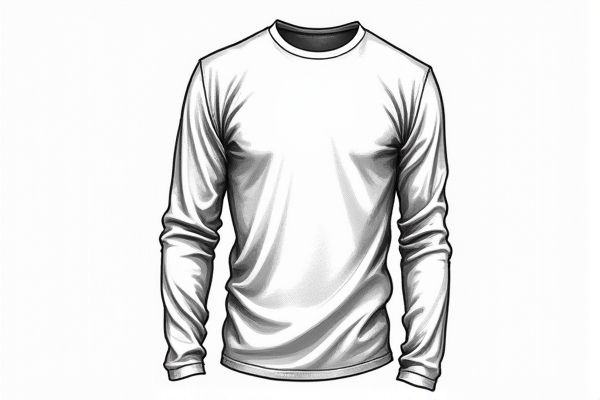

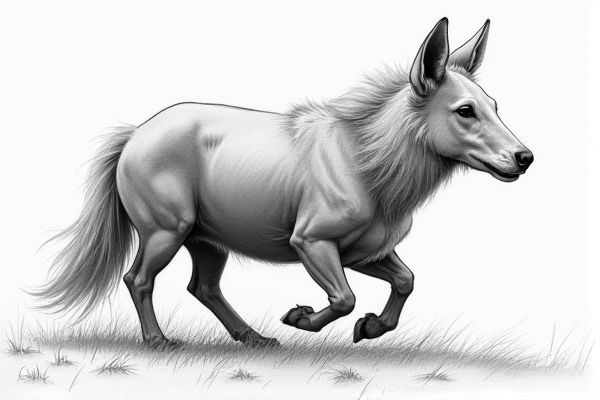





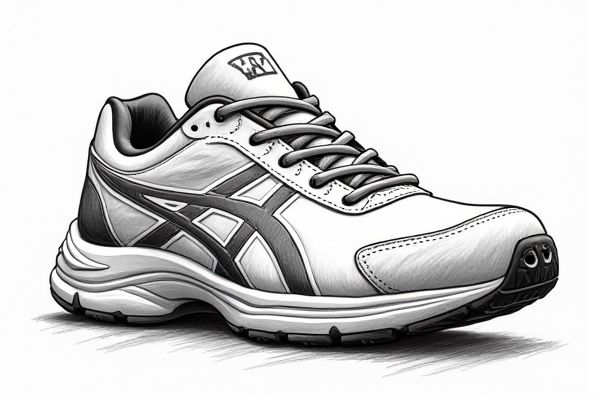
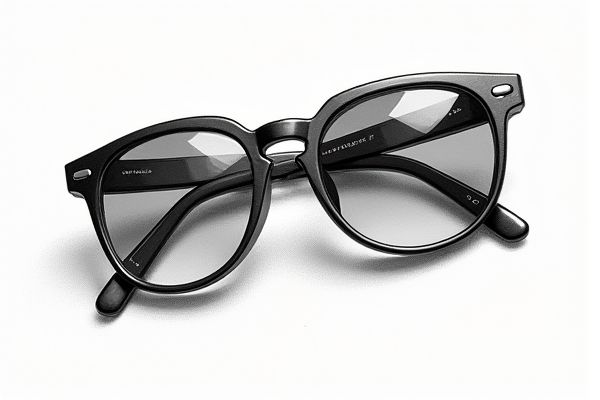
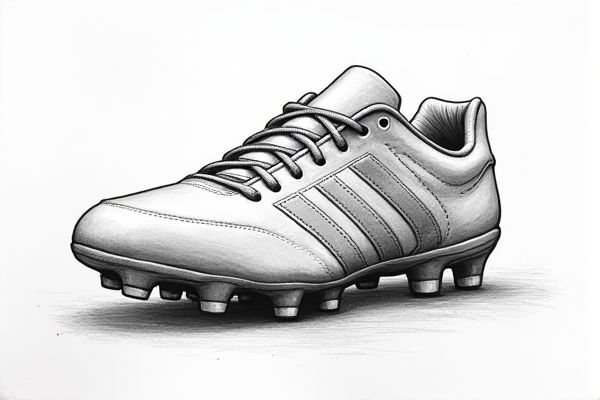

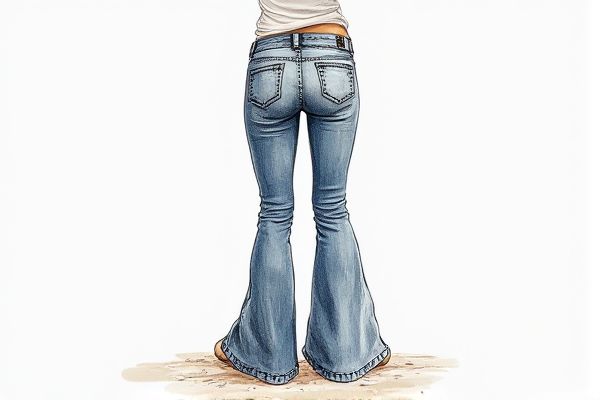
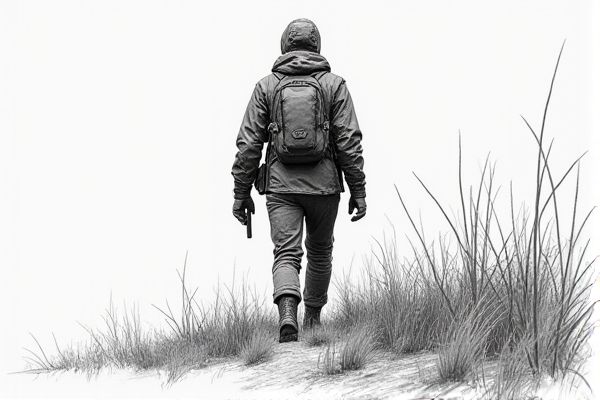
Leave a Reply
Your email address will not be published.